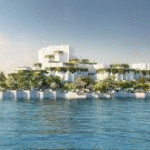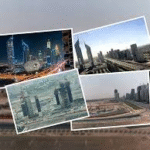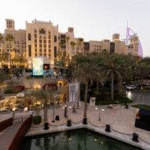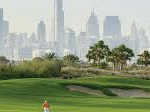Now Reading: UAE’s 2040 Vision: Shaping Sustainable Urban Futures
-
01
UAE’s 2040 Vision: Shaping Sustainable Urban Futures
UAE’s 2040 Vision: Shaping Sustainable Urban Futures
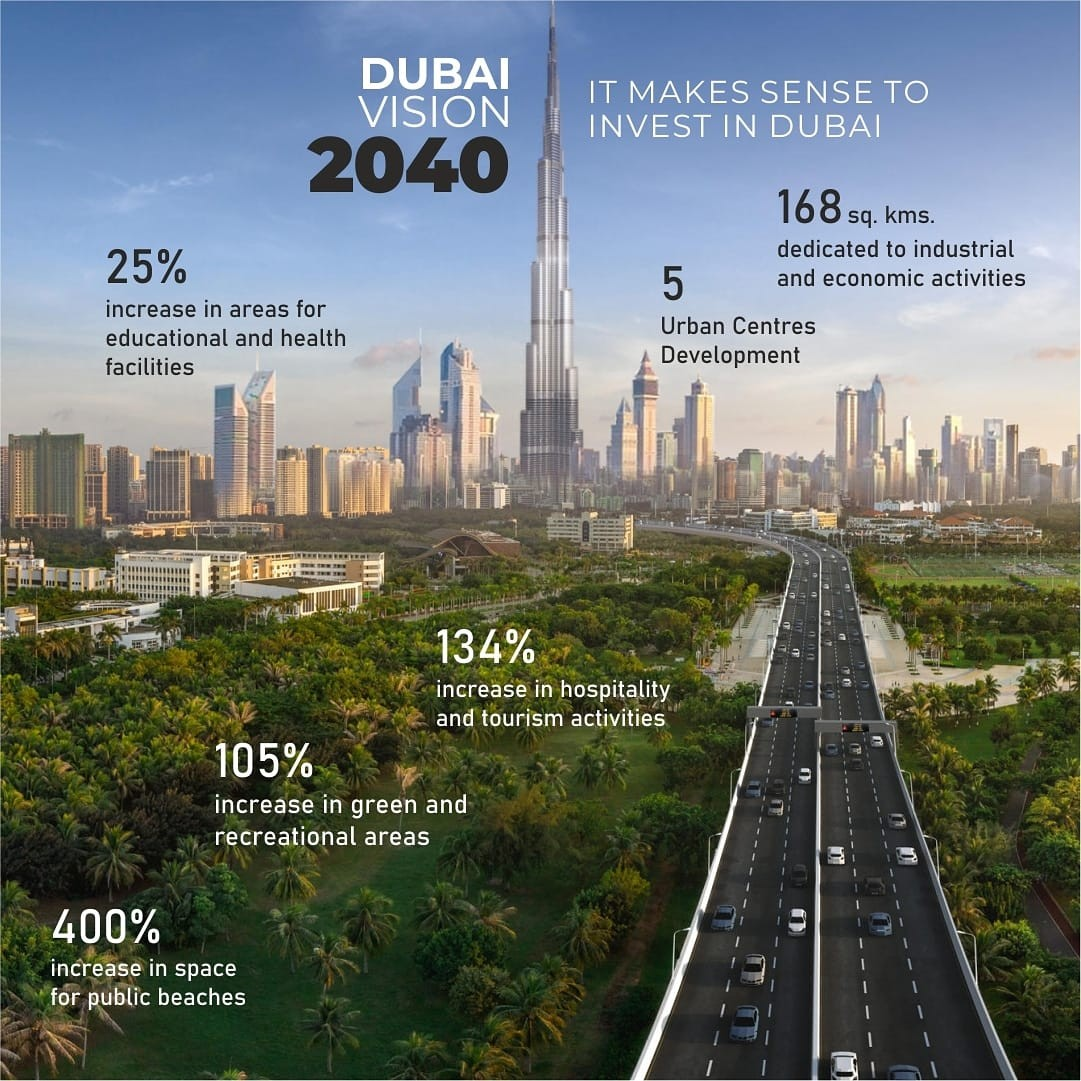
Table of Contents
The United Arab Emirates (UAE) is globally recognized for its rapid growth and ambitious futuristic visions. At the forefront of its long-term strategic planning is the series of “Vision 2040” plans, most notably the Dubai 2040 Urban Master Plan, alongside similar comprehensive strategies in emirates like Abu Dhabi and Sharjah. These visions collectively chart a transformative course for urban development, aiming to create not just smart cities, but highly livable, sustainable, and inclusive urban environments that set a global benchmark for quality of life and economic resilience by 2040.
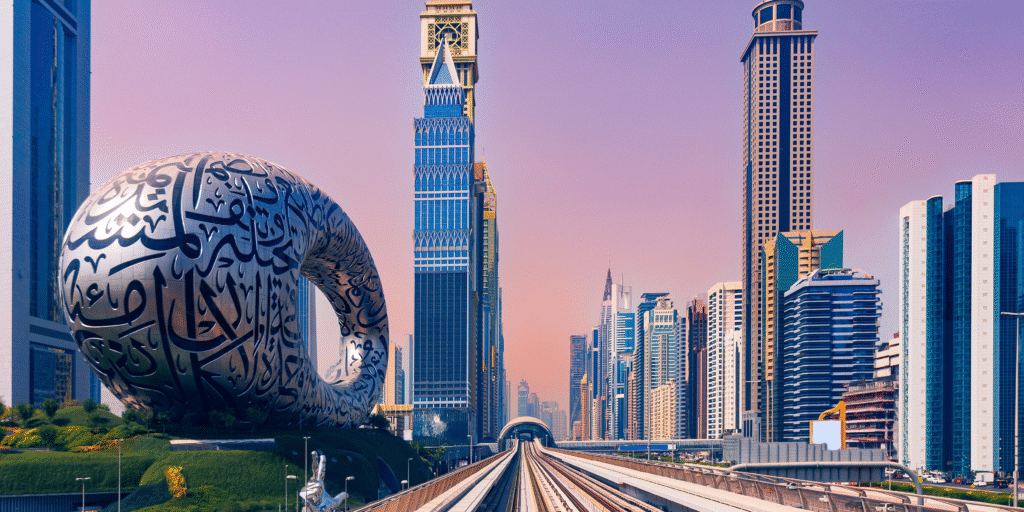
The Dubai 2040 Urban Master Plan: A Blueprint for Global Livability
Unveiled by His Highness Sheikh Mohammed bin Rashid Al Maktoum, Vice President and Prime Minister of the UAE and Ruler of Dubai, the Dubai 2040 Urban Master Plan is the seventh such plan for the emirate since 1960. It is a meticulously designed strategic blueprint intended to reinforce Dubai’s position as the world’s best city to live in, work, and visit. The plan anticipates a significant population increase from 3.3 million in 2020 to 7.8 million by 2040, necessitating substantial urban expansion and infrastructure enhancement.
The core objectives of the Dubai 2040 plan are people-centric and sustainability-driven:
- Optimized Space and Infrastructure Utilization: Efficiently managing existing resources and planning for future needs to accommodate growth without compromising quality.
- Vibrant and Healthy Communities: Creating diverse, inclusive neighborhoods with a range of housing options and essential facilities. Recent initiatives under the plan include the implementation of affordable housing projects to deliver over 17,000 units across six areas (Me’aisem 1, Al Twar 1, Al Qusais Industrial Area 5, and Al Leyan 1), catering to skilled professionals and ensuring housing for all income groups.
- Enhanced Green and Recreational Spaces: A significant focus on expanding parks and open areas to improve well-being and environmental quality. The plan aims to increase green and recreational spaces by 105%, ensuring that 60% of the city’s population lives within a 5-minute walk of a public park or green space. This includes planting millions of trees (like native Ghaf, Sidr, and Samar) and expanding public beaches by an astounding 400% by 2040.
- Improved Accessibility and Sustainable Mobility: Prioritizing pedestrian-friendly environments, cycling networks, and integrated public transport systems to reduce reliance on private vehicles and enhance connectivity. The “20-Minute City” concept is central to this, aiming for residents to access 80% of their daily needs and destinations within a 20-minute walk or bicycle ride. The Dubai Walk Master Plan envisions over 6,500 km of pedestrian paths across 160 areas, including the 2km air-conditioned Future Loop bridge near the Museum of the Future.
- Economic Diversification and Innovation: Strengthening economic sectors beyond oil, such as logistics, finance, technology, and tourism, by developing new commercial hubs and innovation districts. The plan forecasts a 134% increase in land allocated for hotels and tourism.
- Cultural and Heritage Preservation: Revitalizing historic areas and integrating cultural sites into the urban fabric to ensure Dubai’s heritage remains a vibrant part of its future.
Key Development Zones Under Dubai 2040
The plan identifies and reinforces five main urban centers:
- Deira and Bur Dubai: These historic districts will be revitalized, blending traditional charm with modern infrastructure, preserving cultural roots while encouraging new development and establishing the historic core as a central economic hub.
- Downtown Dubai and Business Bay: Poised for further growth as integrated commercial and residential zones, fostering high-end urban living and financial activity.
- Dubai Marina and JBR: Set to expand their waterfront luxury offerings, enhancing their reputation as hotspots for lifestyle and investment.
- Expo 2020 Centre (Dubai South): A futuristic district emerging from the legacy of Expo 2020, tailored for events, exhibitions, and sustainable tourism, transforming into a new economic hub.
- Dubai Silicon Oasis: Envisioned as a high-tech smart city and innovation hub, fostering growth in AI, digital research, and entrepreneurship.
Additionally, the Hatta Master Development Plan is integrated into Dubai 2040, aiming to enhance Hatta’s role as an eco-tourism destination, focusing on sustainable development, natural environment preservation, and boosting tourism competitiveness through private sector partnerships.
Broader UAE Urban Development Strategies
While Dubai 2040 is highly prominent, other emirates also have their own ambitious urban development plans contributing to the broader UAE vision:
- Abu Dhabi Urban Planning and Development Plan 2040: This plan aims to transform the emirate into a more sustainable, livable, and connected urban environment. It emphasizes enhancing urban infrastructure, promoting green spaces (including the recent launch of new parks), improving public transport, and ensuring balanced development across housing, commercial, and recreational sectors. Abu Dhabi is also focusing on smart infrastructure and community engagement to meet residents’ needs. It aligns with Abu Dhabi’s Economic Vision 2030, reinforcing the emirate’s position as a capital for lifestyle development, leveraging cultural heritage with cutting-edge innovation.
- Sharjah Urban Plan 2040: Although less detailed information is publicly available for a specific “Sharjah 2040” plan in the same vein as Dubai or Abu Dhabi, Sharjah has consistently pursued sustainable development and cultural preservation. Its urban planning focuses on maintaining its identity as a cultural capital while developing modern infrastructure and green initiatives. Past plans and ongoing projects underscore a commitment to balancing growth with environmental and cultural stewardship.
Pillars of the Vision: Sustainability, Technology, and Human-Centric Design
Across the UAE, the 2040 urban visions are underpinned by several critical pillars:
- Sustainability: This is paramount. The plans incorporate eco-friendly building practices, promote renewable energy sources (such as solar and wind), and emphasize efficient water and waste management systems. Urban farms, green rooftops, and clean energy-powered marinas are becoming commonplace. The goal is to reduce carbon emissions significantly and ensure long-term environmental resilience. By 2040, 60% of Dubai’s total area will be nature reserves and rural natural regions, showcasing a profound commitment to green growth.
- Smart Infrastructure and Technology: The visions heavily rely on advanced technology for urban management. This includes smart traffic systems, IoT-enabled utilities, AI for urban planning, and digital twins for real-time monitoring and simulation. Projects like the Dubai Metro Blue Line expansion, autonomous transport, and advanced digital research hubs like Dubai Silicon Oasis are concrete examples of this technological thrust. The goal is to enhance connectivity, efficiency, and safety across the urban landscape.
- Human-Centric Design: The plans prioritize the well-being and quality of life of residents. This is evident in the emphasis on pedestrian-friendly pathways, cycling tracks, shaded areas, and an increase in public spaces for recreation and social interaction. Affordable housing solutions, improved healthcare facilities (land allocation for health and education facilities to increase by 25%), and world-class educational institutions are integral components, fostering integrated and cohesive communities. The “20-Minute City” concept epitomizes this human-centric approach, making daily life more convenient and enjoyable.
Progress and Future Outlook (2025-2026)
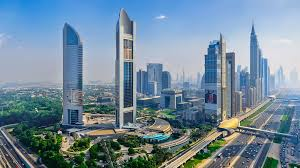
As of May 2025, significant progress is being made across various initiatives outlined in the UAE’s 2040 urban visions, particularly the Dubai 2040 Urban Master Plan.
- Infrastructure Projects: The first phase of infrastructural projects under Dubai 2040 is anticipated for completion by 2025, including the expansion of the Dubai Metro and development of new green spaces. Key projects like the Dubai Metro Blue Line, a 30km extension with 14 stations, are underway to serve a projected one million residents by 2040.
- Green Initiatives: Dubai has already planted 216,500 trees in the past year as part of its greening program, along with 5.3 million seedlings and 45 million seasonal flowers, significantly transforming urban spaces.
- Affordable Housing: Recent agreements, such as those signed between RTA, Dubai Municipality, and Wasl Group, are pushing forward with affordable housing projects, demonstrating a commitment to inclusive growth.
- Pedestrian Networks: The Dubai Walk Master Plan, with its 6,500 km of pedestrian paths and the ‘Super Block’ initiative (piloting car-free zones), is actively being implemented to transform Dubai into a pedestrian-friendly city.
- Tourism and Leisure: Projects like the Therme Dubai (a 2 billion AED interactive resort) and the development of Saih Al-Salam Scenic Route and Jebel Ali Beach are bolstering Dubai’s position as a global tourism hub.
The period of 2025-2026 will see accelerated implementation of these strategic initiatives. The focus will remain on balancing rapid growth with sustainable practices, ensuring that the UAE’s cities evolve into models of efficiency, livability, and environmental responsibility. The ambitious 2040 visions underscore the nation’s proactive approach to future-proofing its urban environments, ensuring prosperity and a high quality of life for generations to come.
WATCH MORE HERE: https://www.youtube.com/watch?v=jN6lczRnci4
READ MORE: Trump International Hotel & Tower, Dubai: A New Icon











